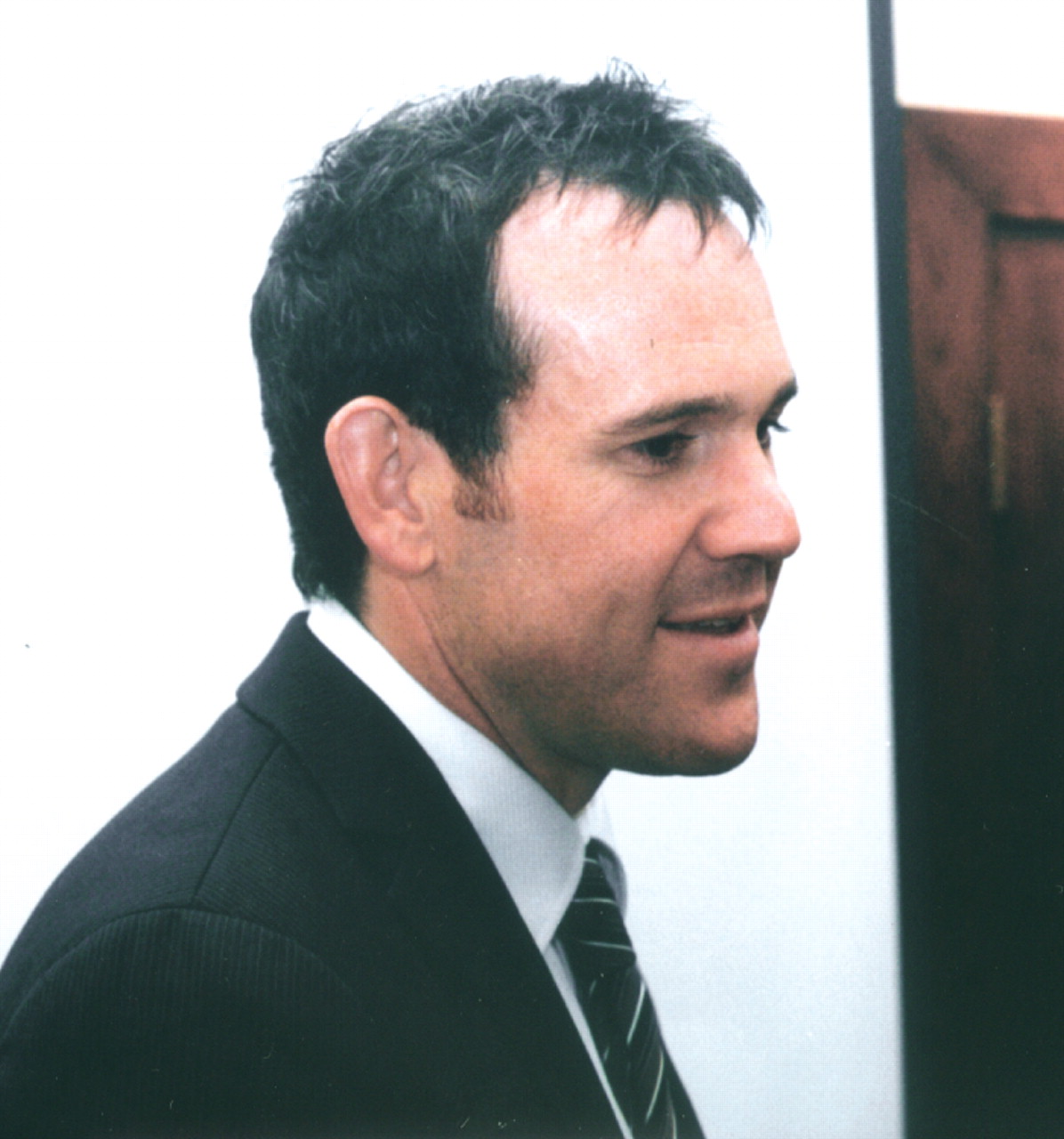Slowly but surely, psychiatric scientists are unmasking the factors that heighten people's risk of committing suicide, experts on the subject indicated at the annual meeting of the Canadian Psychiatric Association in St. John's, Newfoundland, in August.
Some of the variables are childhood adversity, medical illnesses, impulsivity, aggression, and certain personality disorders, James Bolton, M.D., an assistant professor of psychiatry at the University of Manitoba, reported.
Studies have shown that physicians are at a somewhat higher risk of suicide than is the general population, Michael Myers, M.D., a professor of clinical psychiatry at the State University of New York Downstate Medical Center and an authority on physicians' psychiatric problems, said. However, physicians who are perfectionists, narcissists, or rugged individualists are at even greater risk of committing suicide, he explained.
Bolton and his colleagues used data from the U.S. National Epidemiologic Survey on Alcohol and Related Conditions to identify risk factors for suicide in people with major depression. Out of some 35,000 persons who took part in the survey, some 6,000 had a major depression, and out of this sample, 169 subsequently made a suicide attempt. Bolton and his team then looked to see which characteristics besides depression might have predicted suicide attempts. The answer was posttraumatic stress disorder or borderline personality disorder. “So comorbidity is very important in suicide attempts,” Bolton asserted.
Myers concurred. If physicians who are perfectionistic or narcissistic are also depressed, they can be in especially grave danger of suicide, he noted. The same is the case for physicians who are depressed and abuse substances, he added.
Martine Flament, M.D., Ph.D., of the University of Ottawa reported that she and her colleagues had conducted a study of 49 child or adolescent suicide attempters in a pediatric emergency room and compared them with age- and gender-matched control subjects. Their findings showed that both the trait of impulsivity and the presence of depression were highly prevalent in children and youth attempting suicide.
Not getting help, especially the right kind of help, can also predispose people to suicide. Alain Lesage, M.D., of the University of Montreal and colleagues interviewed the families of 102 people who had killed themselves to find out whether the latter had sought professional help or not. More than half had visited a mental health specialist during the year preceding their deaths. But only 5 percent had had any contact with addiction services, even though two-thirds suffered from substance abuse as well as depression. So there is a need for “greater coordination and integration of mental health specialists and addiction services within the health care system,” Lesage urged.
And just as psychiatrists are unmasking the many variables that increase people's risk of suicide, they are also starting to identify the ingredients that shield people from it, speakers at the meeting indicated.
For example, most people who think about suicide do not actually attempt it, Bolton noted. The situation is similar for suicide attempts, Jennifer Brasch, M.D., pointed out—most people who attempt suicide actually do not end up killing themselves. Brasch is medical director of the psychiatric emergency service at St. Joseph's Healthcare in Hamilton, Ontario.
So what is it that keeps people from moving beyond suicidal ideation to suicide attempts, or from suicide attempts to completed suicide?
“We don't really understand how the shift takes place,” Brasch admitted. So she is trying to find the answers, and in a novel way.
The way is a Web site that she launched a year ago—<www.thereasons.ca>. It invites people who have recovered from being suicidal to post their stories. To date, some 7,300 people from 89 countries have visited the site, and 57 have recorded their suicide recovery stories. The stories are starting to give Brasch insights into some of the ingredients that help people recover from suicidality, she said—for instance, knowing that a therapist was there for them during their anguish. In fact, connection with other people has been a major lifeline in every story she has received so far, she said.▪

